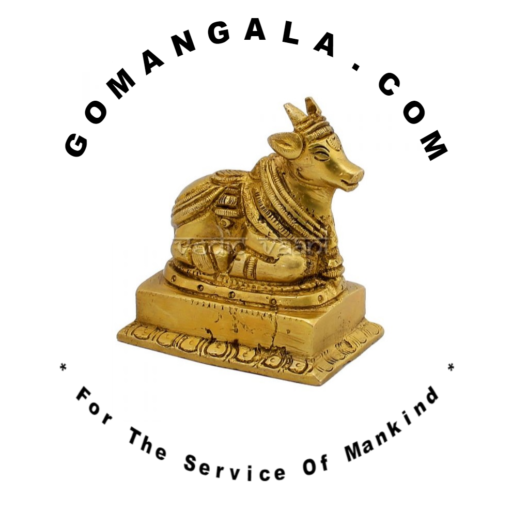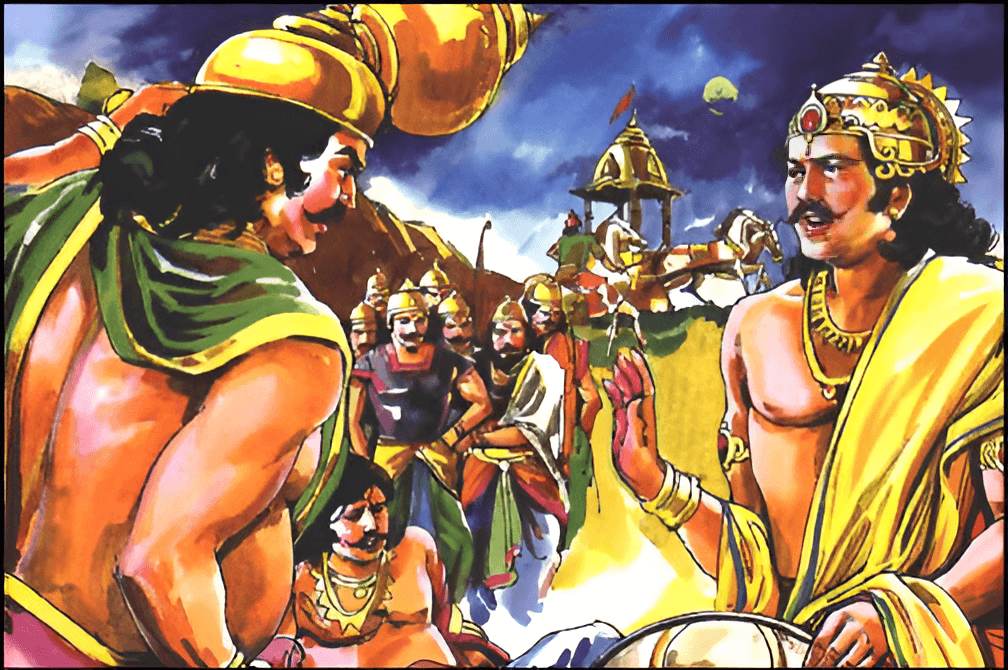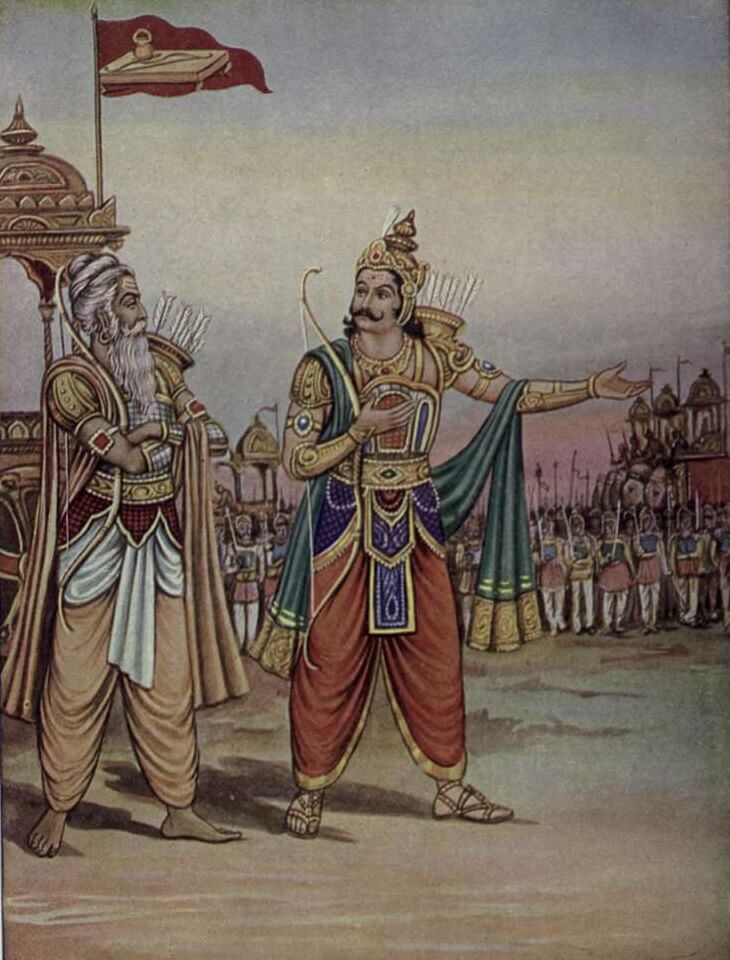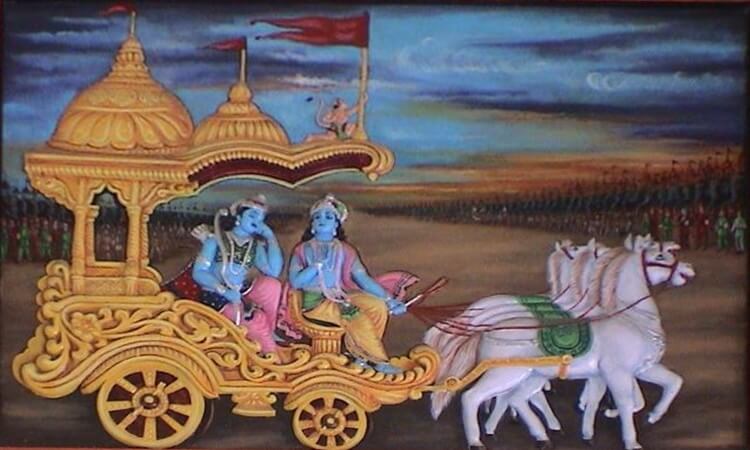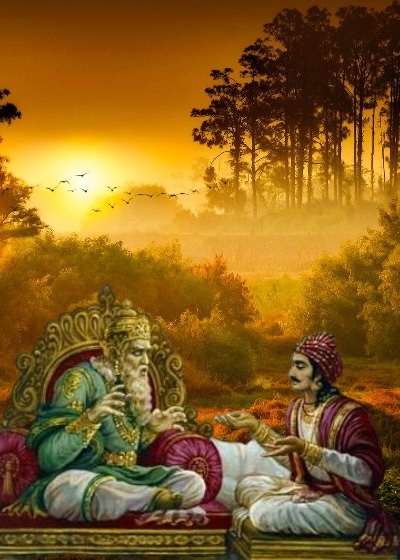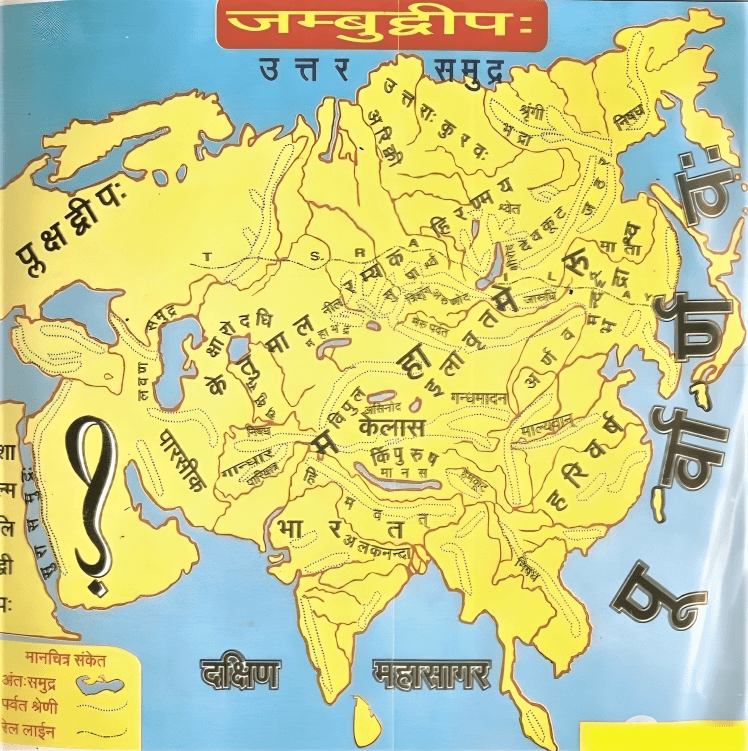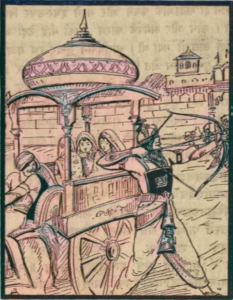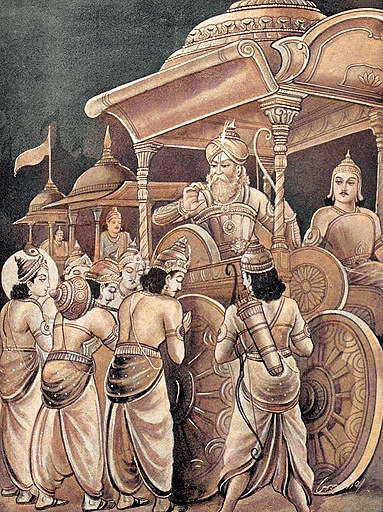Abhimanyu Parva is the sixty-seventh Upa parva included in the seventh Maha parva named Drona parva. Vaishampayana continued narration to Janamejaya in reply to his queries as follows.
How did the war continue on the eleventh day after Dronabhisheka?
Since Bhishma had fallen, Duryodhana had ordered Drona not to stop attacking in the evening but to continue the war until all the Pandavas were killed. Drona had replied to Duryodhana that he would try to capture the Pandavas and oblige them to surrender alive under the Kaurava army, and the later actions would be decided by Duryodhana. Karna was ordered to defeat Satyaki. Jayadratha was happy to protect Drona on the eleventh day of the war. Drona had ordered to form Chakravyuha to satisfy Duryodhana and the Kaurava soldiers.
How did Drona try to satisfy Duryodhana and make him happier?
To satisfy Duryodhana, Drona assured him he would be forming the most challenging type of alignment of regiments on that day. To make him happier, he announced before Duryodhana that one of the great Pandava warriors would be killed that day. But Drona put a condition on the Samasaptakas. Samasptakas or the Trigarta warriors should be engaged with Arjuna and divert far away from Drona.
Hence the Trigarta warriors were fighting continuously for two days with Arjuna. Arjuna could not return to his camp on the eleventh day evening but fought with the Samasaptakas day and night continuously for two days, and returned to his camp only after killing all of them on the twelfth day late night. Drona had ordered to form Chakravyuha to satisfy more Kaurava soldiers.
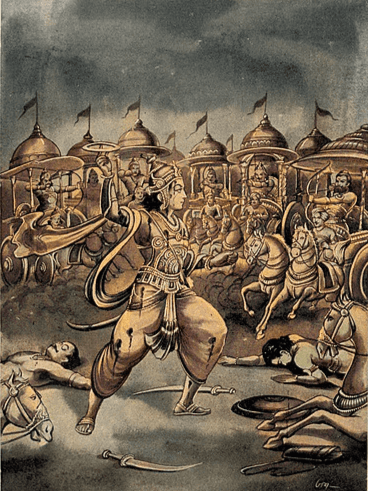
What Yudhishtira had instructed Abhimanyu?
Yudhishtira did not know about the Chakravyuha type of war blockade. Abhimanyu knew to unblock and enter inside the Chakravyuha. He was very young but did not know how to escape from it. Abhimanyu was very enthusiastic in war being young and engaged in fighting to protect Yudhishtira. While facing the Chakravyuha, Arjuna was not at hand since he had engaged with the Samasaptakas, fighting elsewhere. Drishtadyuma was also engaged with others.
Continue reading